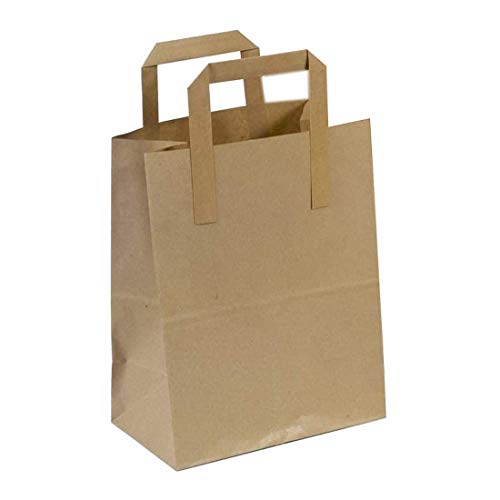Pick the right location for storing paper bags
When it comes to storing paper bags, finding the right location is crucial. Choosing the proper spot will help keep your bags organized, easily accessible, and in good condition. Ideally, you should select a clean and dry area with moderate temperature and low humidity.
Avoid storing paper bags in areas with high humidity, such as basements or bathrooms, as moisture can cause the bags to become weak and prone to tearing. Additionally, keep them away from direct sunlight, as this can result in fading or discoloration.
Consider utilizing a closet or pantry space, or designate a specific area in your kitchen or pantry shelves for storing your paper bags. Whatever location you choose, make sure it is easily accessible so that you can find and retrieve the bags when needed.
Fold and stack the bags neatly
To maximize storage space and keep your paper bags tidy, it’s essential to fold and stack them neatly. Start by flattening each bag and removing any wrinkles or creases. Then, fold the bag in half lengthwise, and flatten it again.
Next, fold the bag in half widthwise, aligning the edges together. Flatten it once more to create a compact folded bag. Repeat this process for each paper bag you have. You can stack multiple folded bags together, repeating the folding process until you have a neat pile.
If you have a large number of bags, you can consider further organizing them by size or category. For example, you could create separate stacks for small, medium, and large bags, or group them by color or design. This will make it easier to find the specific bag you need when you’re ready to use it.
Use storage containers or shelves
If you want to take your paper bag storage to the next level, consider investing in storage containers or shelves specifically designed for this purpose. There are various options available on the market, ranging from simple plastic containers to specialized bag organizers.
You can find stackable storage containers that are specifically designed to hold folded paper bags. These containers often have handles for easy transport and can be placed on shelves, in closets, or under beds.
An alternative option is to use shelves or racks with dividers, where you can neatly arrange your folded bags. This allows you to easily see and access the bags, while keeping them organized and preventing them from getting crushed.
Label and prioritize bags for easy retrieval
If you frequently use paper bags for specific purposes or occasions, it can be helpful to label them for easy identification and retrieval. For example, you can use sticky notes or small tags to label bags for grocery shopping, gift wrapping, or storing items.
Additionally, consider prioritizing your bags based on frequency of use or importance. Place the most commonly used bags within easy reach, while storing less frequently used bags at the back or on higher shelves. This way, you can quickly grab the bags you need without having to dig through the entire stack.
Check and rotate your stored bags periodically
Over time, paper bags may deteriorate or become damaged. It’s important to regularly check and rotate your stored bags to ensure they remain in good condition. This involves inspecting them for any signs of damage, such as tears, holes, or mold.
If you come across any damaged bags, remove them from your storage and either repurpose them for other uses or discard them properly. By periodically checking your stored bags, you can ensure that you always have a supply of usable and reliable paper bags on hand.
In conclusion, proper storage of paper bags involves choosing the right location, folding and stacking the bags neatly, utilizing storage containers or shelves, labeling and prioritizing the bags for easy retrieval, and periodically checking and rotating the stored bags. By following these guidelines, you can keep your paper bags organized, accessible, and in good condition for future use.






